Many but not well planned
The reason for the above proposal is that currently, the Hue Royal Antiquities Museum is using Long An Palace, a valuable architectural and artistic work belonging to the Complex of Hue Monuments, as a place to work, preserve and display artifacts. From the Prime Minister's proposal, looking back at the museum system of Thua Thien Hue province, it can be seen that there are still many difficulties and shortcomings.
The province currently has 5 public museums, including: Ho Chi Minh Museum, History Museum, Fine Arts Museum, Hue Royal Antiquities Museum and Central Coastal Nature Museum. It is worth mentioning that only Ho Chi Minh Museum (7 Le Loi) was invested in and built more than 20 years ago (2000), the remaining museums all make use of old buildings. More specifically, similar to the Hue Royal Antiquities Museum which is using Long An Palace, Thua Thien Hue History Museum also makes use of the space of Quoc Tu Giam relic. Since May 2020, the outdoor artifacts of this museum have been moved to 268 Dien Bien Phu (formerly a training camp of the Provincial Border Guard), but so far they have not been organized for display.
The Diem Phung Thi Art Center and the Le Ba Dang Art Center under the Hue Museum of Fine Arts both utilize old French villas as exhibition houses. In particular, the Central Coastal Nature Museum has had its construction planning approved with an area of 99.36 hectares (in An Tay ward) since 2013. However, due to lack of construction funds, this museum is still "living" in the building of the Department of Science and Technology (Vy Da ward).
In addition, financial difficulties and a lack of experts in the field of museum design have caused most existing museums to be inconsistent and not meet standards for preservation, display and organization of activities. Old designs also failed to anticipate the increasing number of visitors and increasingly diverse needs of the public. Accordingly, many museums have had to take advantage of inappropriate and even unsafe spaces for operation. The fire incident at the exhibition hall of the Thua Thien Hue History Museum in August 2022 is a typical example.
In addition, Thua Thien Hue is a locality with a high rate of non-public museums (50%) with 5 museums licensed to operate, mainly located in Hue City, including: Nguyen Dynasty Porcelain Museum of collector Tran Dinh Son (114 Mai Thuc Loan), Huong River Ancient Ceramics Museum of collector Thai Kim Lan (120 Nguyen Phuc Nguyen), General Nguyen Chi Thanh Museum (144 Dang Thai Than) and Cecile Le Pham Fine Arts Museum (53 Ham Nghi). In particular, the XQ Hue Embroidery Art Museum of XQ Vietnam Company (1 Pham Hong Thai) has also stopped operating after more than 5 years of opening.
Towards a worthy museum
Objectively speaking, it is undeniable that there are efforts to invest in modernization and improve the quality of services for visitors through the application of scientific and technological advances, such as: automatic explanations using QR code technology, supporting visitors with remote virtual reality with 3D scanning technology, multimedia displays... However, because most of them are taken advantage of from available spaces, museums in Thua Thien Hue are hardly planned tightly and are not associated with urban planning.
With culture as one of the important foundations to realize the goal of building Thua Thien Hue into a centrally-governed city (2025), a large and unique center of Southeast Asia (2030) and a Festival City of Asia (2045), building and perfecting the system of cultural and tourism institutions is an important task and solution. In particular, it is impossible not to take into account a museum worthy of the position that Hue is aiming for. In fact, Hue has an extremely rich system of artifacts with tens of thousands of antiquities and dozens of national treasures, but no museum in Thua Thien Hue has met the conditions for a grade I ranking. Investing the budget to realize a standard, modern museum is an urgent requirement of Hue to overcome the current fragmented and backward situation.
The world trend shows that, in addition to the functions of collection, research, and preservation, museums are increasingly focusing on the field of education. Visitors today also have high expectations for museums as a place where their information needs are systematically satisfied, as well as a place where they can interact with space, time, and objects through modern technology. These are also indispensable criteria for Hue to build a scientific, modern museum, always ready to meet the constantly diversifying and changing demands of the public. Of course, the planning and design of the museum must first create a special, harmonious highlight in the picture of Hue's urban area.
Source




![[Photo] The Government Standing Committee works with ministries and branches on the real estate market situation.](https://vphoto.vietnam.vn/thumb/1200x675/vietnam/resource/IMAGE/2025/5/24/e9b5bc2313d14c9499b8c9b83226adba)


![[Photo] Ho Chi Minh City holds funeral for former President Tran Duc Luong](https://vphoto.vietnam.vn/thumb/1200x675/vietnam/resource/IMAGE/2025/5/24/9c1858ebd3d04170b6cef2e6bcb2019e)
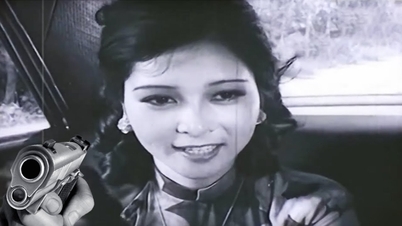

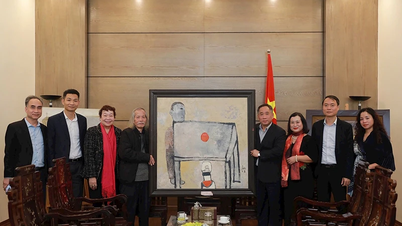



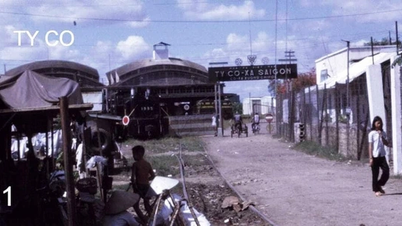
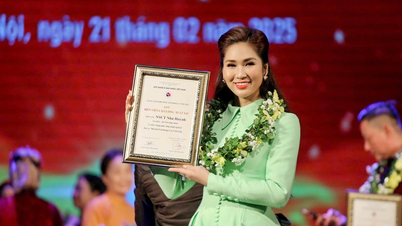




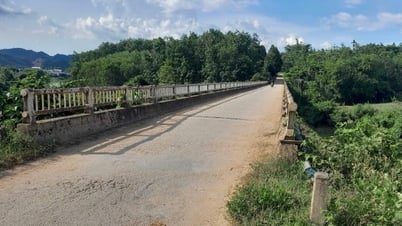


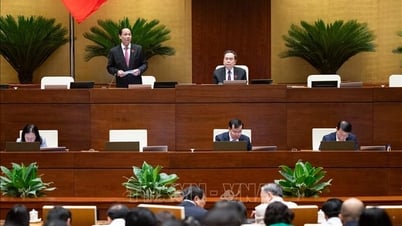
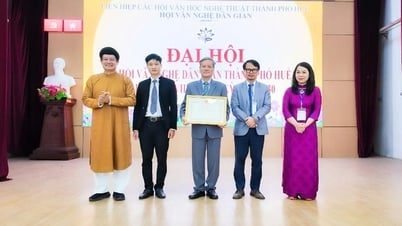
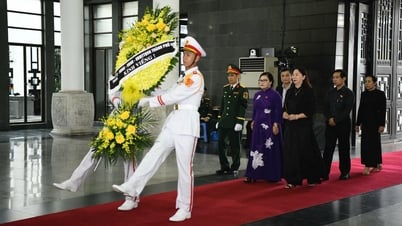
![[Photo] Party and State leaders visit former President Tran Duc Luong](https://vphoto.vietnam.vn/thumb/1200x675/vietnam/resource/IMAGE/2025/5/24/960db9b19102400e8df68d5a6caadcf6)

































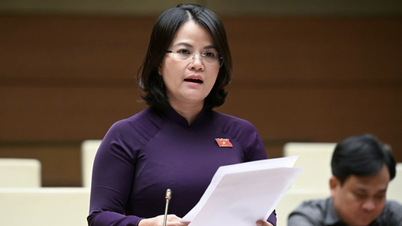
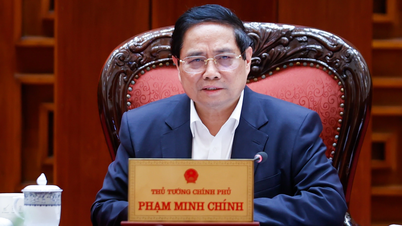










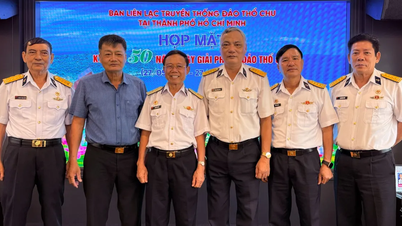



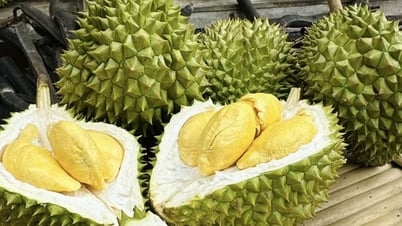

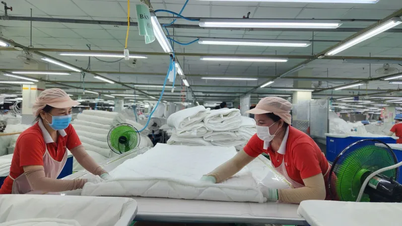
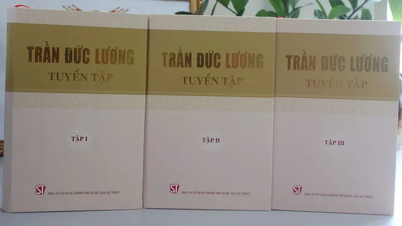
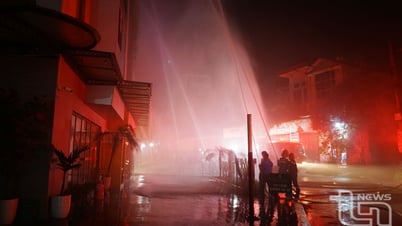












Comment (0)